Hugh Churchill
CLIFF: Continual Learning for Incremental Flake Features in 2D Material Identification
Aug 24, 2025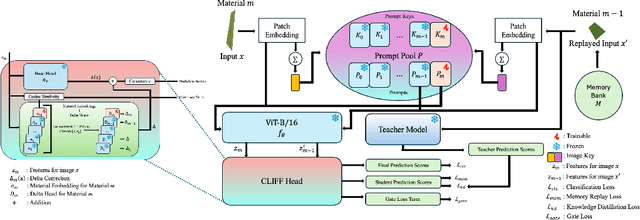
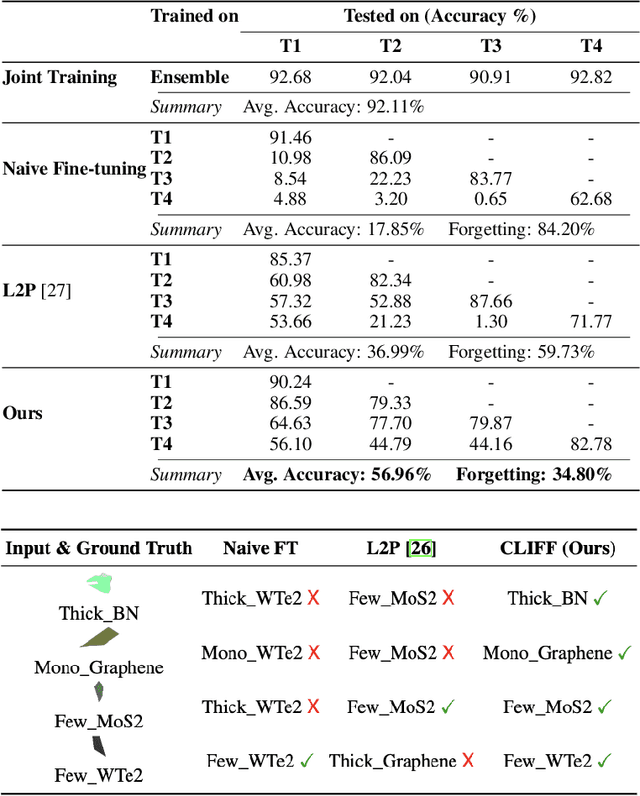
Abstract:Identifying quantum flakes is crucial for scalable quantum hardware; however, automated layer classification from optical microscopy remains challenging due to substantial appearance shifts across different materials. In this paper, we propose a new Continual-Learning Framework for Flake Layer Classification (CLIFF). To our knowledge, this is the first systematic study of continual learning in the domain of two-dimensional (2D) materials. Our method enables the model to differentiate between materials and their physical and optical properties by freezing a backbone and base head trained on a reference material. For each new material, it learns a material-specific prompt, embedding, and a delta head. A prompt pool and a cosine-similarity gate modulate features and compute material-specific corrections. Additionally, we incorporate memory replay with knowledge distillation. CLIFF achieves competitive accuracy with significantly lower forgetting than naive fine-tuning and a prompt-based baseline.
Quantum-Brain: Quantum-Inspired Neural Network Approach to Vision-Brain Understanding
Nov 20, 2024



Abstract:Vision-brain understanding aims to extract semantic information about brain signals from human perceptions. Existing deep learning methods for vision-brain understanding are usually introduced in a traditional learning paradigm missing the ability to learn the connectivities between brain regions. Meanwhile, the quantum computing theory offers a new paradigm for designing deep learning models. Motivated by the connectivities in the brain signals and the entanglement properties in quantum computing, we propose a novel Quantum-Brain approach, a quantum-inspired neural network, to tackle the vision-brain understanding problem. To compute the connectivity between areas in brain signals, we introduce a new Quantum-Inspired Voxel-Controlling module to learn the impact of a brain voxel on others represented in the Hilbert space. To effectively learn connectivity, a novel Phase-Shifting module is presented to calibrate the value of the brain signals. Finally, we introduce a new Measurement-like Projection module to present the connectivity information from the Hilbert space into the feature space. The proposed approach can learn to find the connectivities between fMRI voxels and enhance the semantic information obtained from human perceptions. Our experimental results on the Natural Scene Dataset benchmarks illustrate the effectiveness of the proposed method with Top-1 accuracies of 95.1% and 95.6% on image and brain retrieval tasks and an Inception score of 95.3% on fMRI-to-image reconstruction task. Our proposed quantum-inspired network brings a potential paradigm to solving the vision-brain problems via the quantum computing theory.
Hierarchical Quantum Control Gates for Functional MRI Understanding
Aug 07, 2024



Abstract:Quantum computing has emerged as a powerful tool for solving complex problems intractable for classical computers, particularly in popular fields such as cryptography, optimization, and neurocomputing. In this paper, we present a new quantum-based approach named the Hierarchical Quantum Control Gates (HQCG) method for efficient understanding of Functional Magnetic Resonance Imaging (fMRI) data. This approach includes two novel modules: the Local Quantum Control Gate (LQCG) and the Global Quantum Control Gate (GQCG), which are designed to extract local and global features of fMRI signals, respectively. Our method operates end-to-end on a quantum machine, leveraging quantum mechanics to learn patterns within extremely high-dimensional fMRI signals, such as 30,000 samples which is a challenge for classical computers. Empirical results demonstrate that our approach significantly outperforms classical methods. Additionally, we found that the proposed quantum model is more stable and less prone to overfitting than the classical methods.
Diffusion-Inspired Quantum Noise Mitigation in Parameterized Quantum Circuits
Jun 02, 2024



Abstract:Parameterized Quantum Circuits (PQCs) have been acknowledged as a leading strategy to utilize near-term quantum advantages in multiple problems, including machine learning and combinatorial optimization. When applied to specific tasks, the parameters in the quantum circuits are trained to minimize the target function. Although there have been comprehensive studies to improve the performance of the PQCs on practical tasks, the errors caused by the quantum noise downgrade the performance when running on real quantum computers. In particular, when the quantum state is transformed through multiple quantum circuit layers, the effect of the quantum noise happens cumulatively and becomes closer to the maximally mixed state or complete noise. This paper studies the relationship between the quantum noise and the diffusion model. Then, we propose a novel diffusion-inspired learning approach to mitigate the quantum noise in the PQCs and reduce the error for specific tasks. Through our experiments, we illustrate the efficiency of the learning strategy and achieve state-of-the-art performance on classification tasks in the quantum noise scenarios.
Quantum Visual Feature Encoding Revisited
May 30, 2024



Abstract:Although quantum machine learning has been introduced for a while, its applications in computer vision are still limited. This paper, therefore, revisits the quantum visual encoding strategies, the initial step in quantum machine learning. Investigating the root cause, we uncover that the existing quantum encoding design fails to ensure information preservation of the visual features after the encoding process, thus complicating the learning process of the quantum machine learning models. In particular, the problem, termed "Quantum Information Gap" (QIG), leads to a gap of information between classical and corresponding quantum features. We provide theoretical proof and practical demonstrations of that found and underscore the significance of QIG, as it directly impacts the performance of quantum machine learning algorithms. To tackle this challenge, we introduce a simple but efficient new loss function named Quantum Information Preserving (QIP) to minimize this gap, resulting in enhanced performance of quantum machine learning algorithms. Extensive experiments validate the effectiveness of our approach, showcasing superior performance compared to current methodologies and consistently achieving state-of-the-art results in quantum modeling.
QClusformer: A Quantum Transformer-based Framework for Unsupervised Visual Clustering
May 30, 2024



Abstract:Unsupervised vision clustering, a cornerstone in computer vision, has been studied for decades, yielding significant outcomes across numerous vision tasks. However, these algorithms involve substantial computational demands when confronted with vast amounts of unlabeled data. Conversely, Quantum computing holds promise in expediting unsupervised algorithms when handling large-scale databases. In this study, we introduce QClusformer, a pioneering Transformer-based framework leveraging Quantum machines to tackle unsupervised vision clustering challenges. Specifically, we design the Transformer architecture, including the self-attention module and transformer blocks, from a Quantum perspective to enable execution on Quantum hardware. In addition, we present QClusformer, a variant based on the Transformer architecture, tailored for unsupervised vision clustering tasks. By integrating these elements into an end-to-end framework, QClusformer consistently outperforms previous methods running on classical computers. Empirical evaluations across diverse benchmarks, including MS-Celeb-1M and DeepFashion, underscore the superior performance of QClusformer compared to state-of-the-art methods.
Quantum Vision Clustering
Sep 18, 2023Abstract:Unsupervised visual clustering has recently received considerable attention. It aims to explain distributions of unlabeled visual images by clustering them via a parameterized appearance model. From a different perspective, the clustering algorithms can be treated as assignment problems, often NP-hard. They can be solved precisely for small instances on current hardware. Adiabatic quantum computing (AQC) offers a solution, as it can soon provide a considerable speedup on a range of NP-hard optimization problems. However, current clustering formulations are unsuitable for quantum computing due to their scaling properties. Consequently, in this work, we propose the first clustering formulation designed to be solved with AQC. We employ an Ising model representing the quantum mechanical system implemented on the AQC. Our approach is competitive compared to state-of-the-art optimization-based approaches, even using of-the-shelf integer programming solvers. Finally, we demonstrate that our clustering problem is already solvable on the current generation of real quantum computers for small examples and analyze the properties of the measured solutions.
Two-Dimensional Quantum Material Identification via Self-Attention and Soft-labeling in Deep Learning
May 31, 2022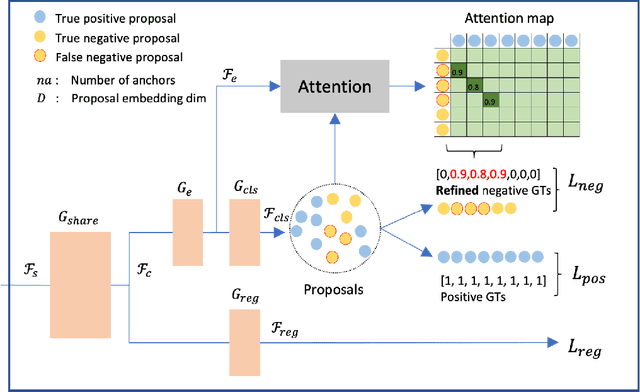
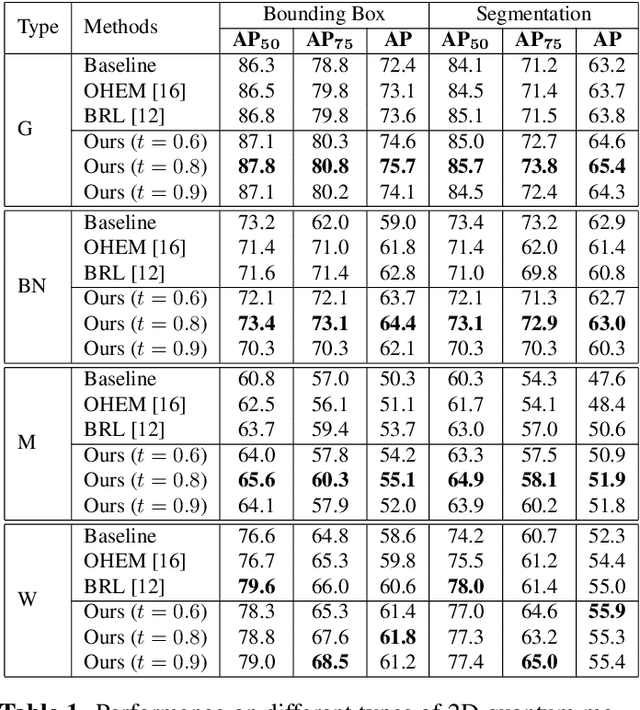
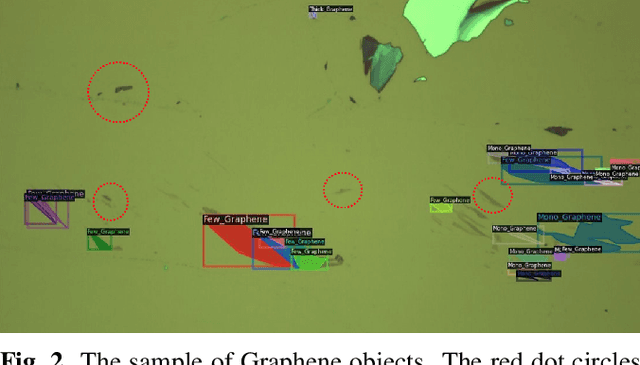
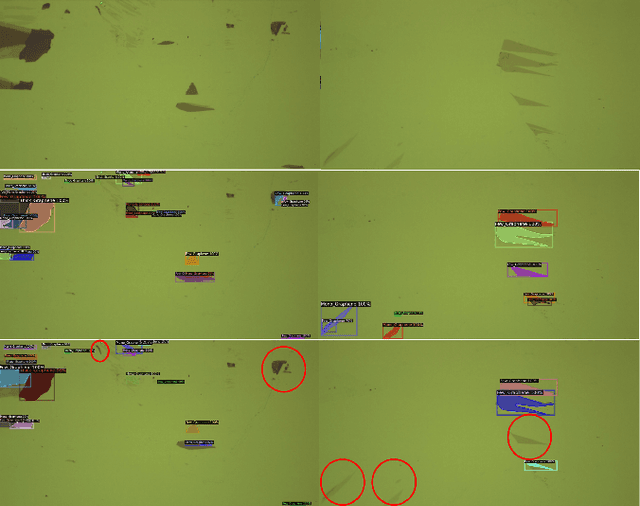
Abstract:In quantum machine field, detecting two-dimensional (2D) materials in Silicon chips is one of the most critical problems. Instance segmentation can be considered as a potential approach to solve this problem. However, similar to other deep learning methods, the instance segmentation requires a large scale training dataset and high quality annotation in order to achieve a considerable performance. In practice, preparing the training dataset is a challenge since annotators have to deal with a large image, e.g 2K resolution, and extremely dense objects in this problem. In this work, we present a novel method to tackle the problem of missing annotation in instance segmentation in 2D quantum material identification. We propose a new mechanism for automatically detecting false negative objects and an attention based loss strategy to reduce the negative impact of these objects contributing to the overall loss function. We experiment on the 2D material detection datasets, and the experiments show our method outperforms previous works.
Defining Quantum Neural Networks via Quantum Time Evolution
May 27, 2019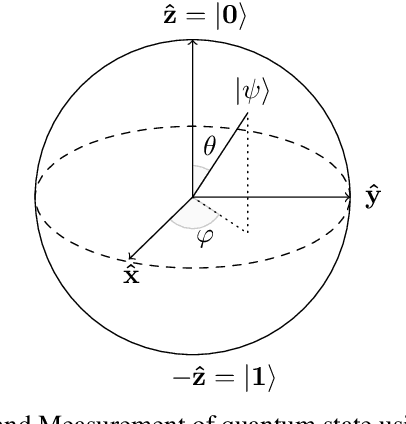



Abstract:This work presents a novel fundamental algorithm for for defining and training Neural Networks in Quantum Information based on time evolution and the Hamiltonian. Classical Neural Network algorithms (ANN) are computationally expensive. For example, in image classification, representing an image pixel by pixel using classical information requires an enormous amount of computational memory resources. Hence, exploring methods to represent images in a different paradigm of information is important. Quantum Neural Networks (QNNs) have been explored for over 20 years. The current forefront work based on Variational Quantum Circuits is specifically defined for the Continuous Variable (CV) Model of quantum computers. In this work, a model is proposed which is defined at a more fundamental level and hence can be inherited by any variants of quantum computing models. This work also presents a quantum backpropagation algorithm to train our QNN model and validate this algorithm on the MNIST dataset on a quantum computer simulation.
 Add to Chrome
Add to Chrome Add to Firefox
Add to Firefox Add to Edge
Add to Edge